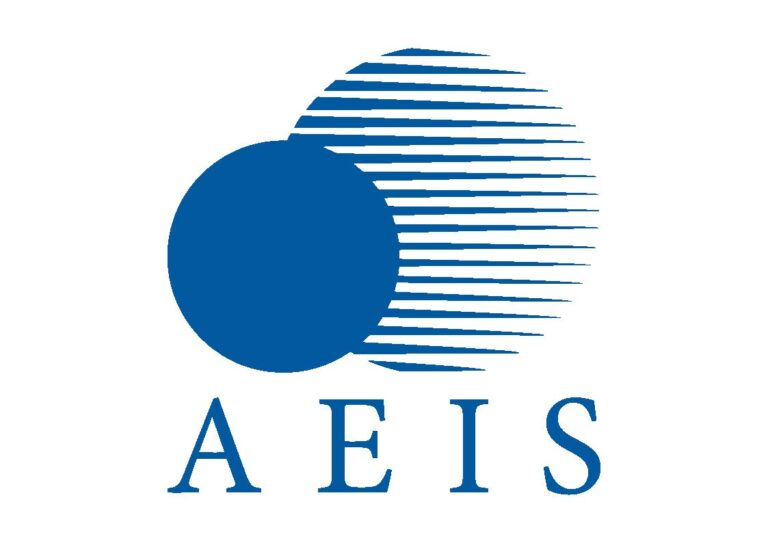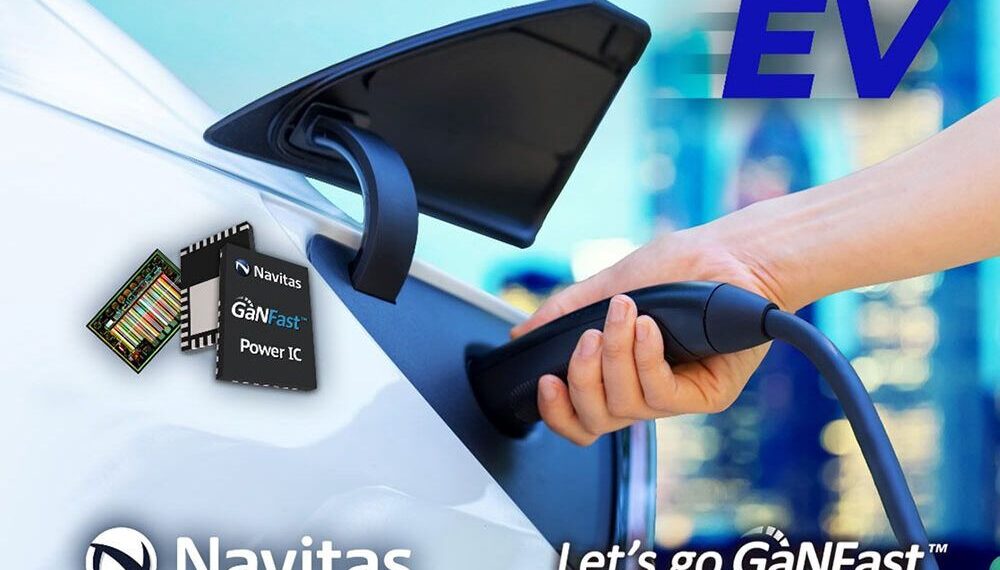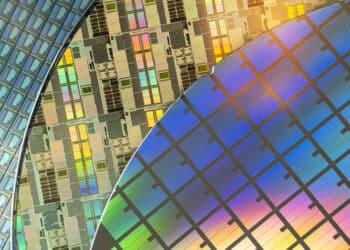Navitas Semiconductor (Nasdaq: NVTS), the industry-leader in gallium nitride (GaN) power integrated circuits (ICs), announced the opening of a new electric vehicle (EV) Design Center, further expanding into higher-power GaN markets. GaN-based on-board chargers (OBCs) are estimated to charge 3x faster with up to 70% energy savings compared to legacy silicon solutions. GaN OBCs, DC-DC converters and traction inverters are estimated to extend EV range or reduce battery costs by 5%, and to accelerate adoption of EVs worldwide by 3 years. An EV-upgrade to GaN is estimated to reduce road-sector CO2 emissions by 20%/year by 2050, the target of the Paris Accord.
The new Design Center, based in Shanghai, China, hosts a highly-experienced team of world-class power system designers with comprehensive capabilities across electrical, thermal and mechanical design, software development, and complete simulation and prototyping capabilities. EV customers will be supported worldwide by the new team, from concept to prototype, through to full qualification and mass production.
industry-expert, Hao SUN, the new Sr. Director of the Shanghai Design Center, said “The design center will develop schematics, layouts, and firmware for full-function, productizable EV power systems. Navitas will work in partnership with OBC, DC-DC and traction system companies to create innovative, world-class solutions with the highest power density and highest efficiency to propel GaN into mainstream eMobility.”
High-power 650V GaN ICs tailored to EV applications were sampled to EV customers in December. A 6.6kW OBC concept was displayed at the recent Xiaomi Portfolio Demo Day, and is shown this week at CES ’22.
“The Navitas EV team has rich talent and proven experience delivering power systems,” said Charles ZHA, VP and GM of Navitas China. “EMobility is an exciting expansion market for GaN, with an estimated $250 potential content per EV. Market-by-market, Navitas is making swift progress into higher-power applications, like EV, data center and solar.”
Manufacturing a GaN power IC has up to a 10x lower CO2 footprint than for a silicon chip. Considering use-case efficiency and material size and weight benefits, each GaN power IC shipped can save an estimated 4 kg of CO2. Overall, GaN is expected to address a 2.6 Gton/yr reduction in CO2 emissions by 2050.










